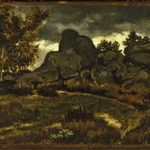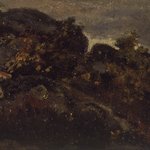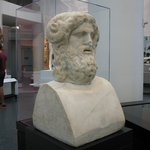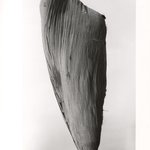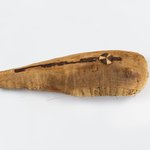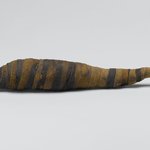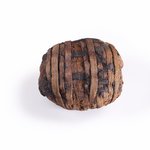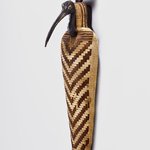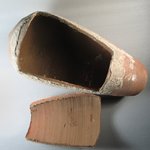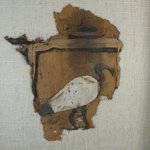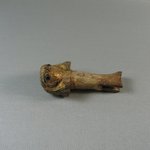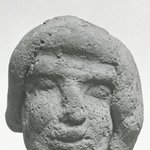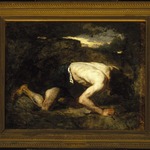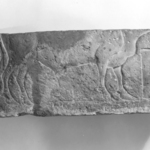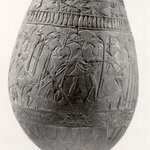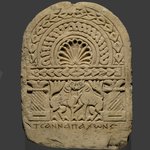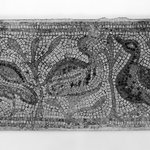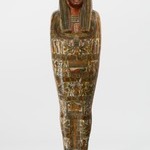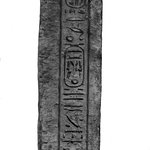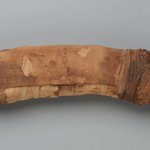Ibis Mummy
Egyptian, Classical, Ancient Near Eastern Art
The ideal votive animal mummy, as shown in the X-ray here, contains one animal wrapped in the linen package. Yet without an X-ray or CT scan, it is impossible to know whether an additional animal, or no animal at all, was included in the wrappings.
Egyptians of the first millennium b.c.e. believed that they could appeal to the god Thoth to intercede in human affairs. Ibis mummies allowed such a petitioner to send a message to the god.
MEDIUM
Animal remains (Glossy Ibis - Plegadis falcinellus or an African Sacred Ibis - Threskiornis aethiopicus), linen, pigment
DATES
400–110 B.C.E.
DYNASTY
Dynasty 27, or later
PERIOD
Late Period to Ptolemaic Period
DIMENSIONS
4 3/4 x 2 3/4 x 11 1/4 in. (12.1 x 7 x 28.6 cm)
(show scale)
ACCESSION NUMBER
X1179.4
CREDIT LINE
Brooklyn Museum Collection
CATALOGUE DESCRIPTION
The object is a mummified ibis, wrapped in linens, into a singular triangular-like shape. The front surface is decorated with linens folded and placed in a way to form a geometric pattern. Darker linens also form a decorative triangle pattern. At least two different linens were used; one being a finer weave, and the other more coarse. The dark linen is also a more coarse weave. On the underside, the ends of linen are secured with a dark colored resin.
Condition:
The mummy is in poor and unstable condition. The dark brown linens are more deteriorated than the natural linen. It is missing in some areas, and the remaining material is split and powdery. The natural linens are in fair condition, though there are some tears throughout.
There appears to be a complete ibis within the linens. A beak, neck, torso, legs and wings are all visible. It appears to be laid out in the typical manner for ibis mummies; the neck has been doubled back onto the body, the wings and legs have been bent up against the body.
MUSEUM LOCATION
This item is not on view
CAPTION
Egyptian. Ibis Mummy, 400–110 B.C.E. Animal remains (Glossy Ibis - Plegadis falcinellus or an African Sacred Ibis - Threskiornis aethiopicus), linen, pigment, 4 3/4 x 2 3/4 x 11 1/4 in. (12.1 x 7 x 28.6 cm). Brooklyn Museum, Brooklyn Museum Collection, X1179.4. Creative Commons-BY (Photo: Brooklyn Museum, X1179.4_top_PS2.jpg)
IMAGE
top, X1179.4_top_PS2.jpg. Brooklyn Museum photograph, 2008
"CUR" at the beginning of an image file name means that the image was created by a curatorial staff member. These study images may be digital point-and-shoot photographs, when we don\'t yet have high-quality studio photography, or they may be scans of older negatives, slides, or photographic prints, providing historical documentation of the object.
RIGHTS STATEMENT
Creative Commons-BY
You may download and use Brooklyn Museum images of this three-dimensional work in accordance with a
Creative Commons license. Fair use, as understood under the United States Copyright Act, may also apply.
Please include caption information from this page and credit the Brooklyn Museum. If you need a high resolution file, please fill out our online
application form (charges apply).
For further information about copyright, we recommend resources at the
United States Library of Congress,
Cornell University,
Copyright and Cultural Institutions: Guidelines for U.S. Libraries, Archives, and Museums, and
Copyright Watch.
For more information about the Museum's rights project, including how rights types are assigned, please see our
blog posts on copyright.
If you have any information regarding this work and rights to it, please contact
copyright@brooklynmuseum.org.
RECORD COMPLETENESS
Not every record you will find here is complete. More information is available for some works than for others, and some entries have been updated more recently. Records are frequently reviewed and revised, and
we welcome any additional information you might have.
What is the ibis mummy
Hi! An ibis is a type of water bird with a long, curved beak. The ancient Egyptians associated them with Thoth, the god of wisdom and writing.
There were certain temples where the priests bred the birds specifically to be mummified and sold to the public for making donations to the god.
Thank you!!
What did the ibis symbolize something that made them so popular?
Their long beak resembled the reed pens used by scribes, which is how they came to be associated with the god Thoth.


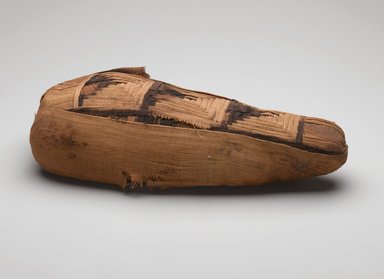
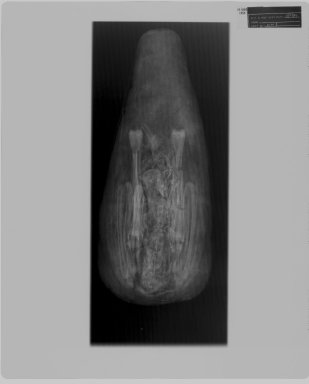
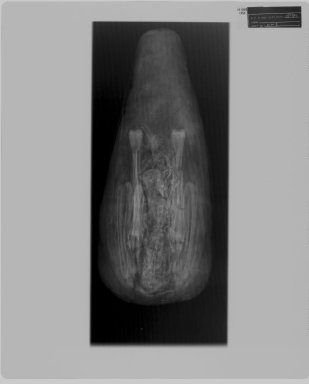
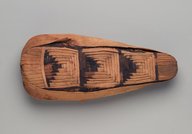


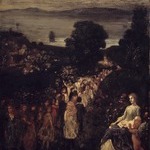

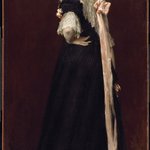

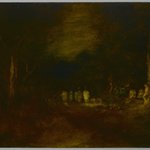
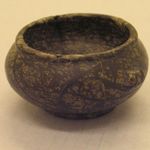
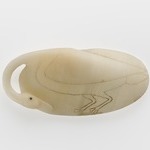
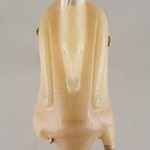
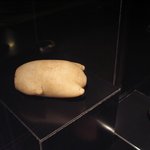
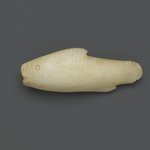
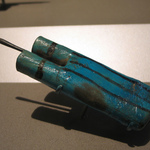
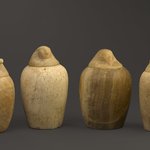
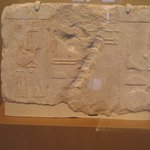
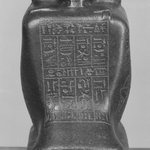

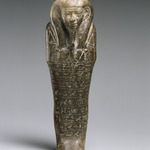

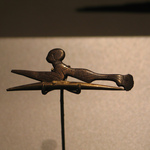
![Portrait of Mlle Fiocre in the Ballet "La Source" (Portrait de Mlle...E[ugénie] F[iocre]: à propos du ballet "La Source")](https://d1lfxha3ugu3d4.cloudfront.net/images/opencollection/objects/size2_sq/21.111_PS11.jpg)
